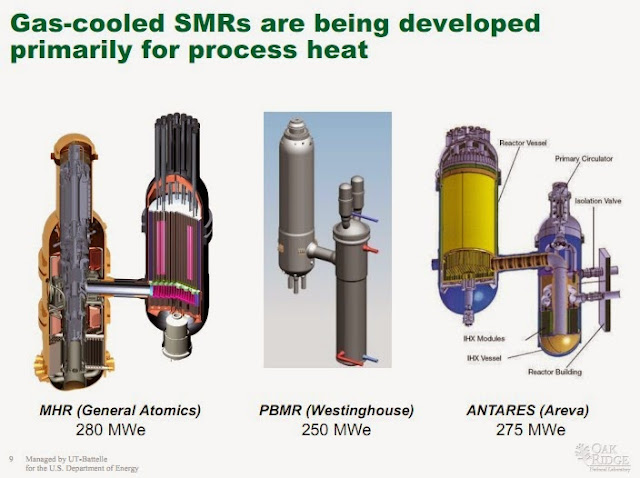Making Up for the Incompetence and Corruption of National Oil Companies
The more competent multi-national oilcos have often been largely excluded from the world's largest and most promising oil fields. Consequently these oilcos are forced to drill relatively risky wells many thousands of feet below the sea, and anywhere else they are allowed access by corrupt governments and national oilcos.
But recently, multiple new ways of by-passing the restrictions and treacherous double-dealing of corrupt third world governments are presenting themselves to private oil concerns:
1. Tight oil & gas
...a new oil age is emerging....Tight oil, a catch-all for oil trapped in shale, carbonate or sand formations recoverable with the type of drilling methods that revolutionized the natural-gas side of the business, is reviving the oil sector on a scale that only a couple of years ago would have been unthinkable.The big multi-nationals are now trying to find ways to get in on this new technology -- and hoping to be able to transfer it to huge tight oil & gas finds in several other parts of the globe besides North America.
“It turns out there are a lot of big piles of oil in North America,” said Denver-based John Schopp, vice-president for the North Rockies and new ventures at Encana Corp., one of the companies in a hurry to turn it into new revenue.
Calgary-based Encana, a pure natural-gas producer that is feeling the pinch of low gas prices, hopes its new oil thrust will make it a more balanced gas/oil producer.
“With shale gas it took a few years to get it to work for everybody,” Mr. Schopp said. “With oil, obviously we are in an earlier inning than we are with gas, but the rate of change is quicker because of all the tricks that we have learned.”
The full potential of tight oil is not yet known. What is known is that the sector is repositioning itself to make the most of it, encouraged by the performance of fields such as the Bakken straddling North Dakota and Saskatchewan, one of the continent’s most significant sources of oil. If new plays such as the Niobrara in Colorado, the Eagle Ford in Texas, the Cardium in Alberta or the Viking in Saskatchewan have similar encores, and if the same pattern is repeated around the world, oil could be with us for a long time yet.
“We are finding oil in a lot of places that frankly, we knew it was there, we just didn’t know how to get it out,” said John Richels, president and CEO of Oklahoma City-based Devon Energy Corp. “Taking this new technology … and applying it to many of these areas is opening some new doors. In a world scene where we are producing 86 million barrels a day, it probably doesn’t have the same kind of impact as it did in the natural gas business, which was more of a North American market, but it certainly has some big potential in the right areas.” Devon, previously a natural gas focused company, directed 90% of its capital to oil and natural-gas liquids targets in 2011. _NatPost
2. Gas to liquids (GTL)
Qatar has a head start in the coming global GTL bonanza, but it should not be long before nations with abundant tight gas supplies begin to utilise GTL technologies at all scales -- from the "shoebox" GTL microchannel approach of Oxford Catalysts, all the way up to the multi-billion dollar approach taken by Shell in Qatar and Malaysia.
3. Coal to liquids (CTL)
SRI's CTL approach is notable for its extremely low production of CO2 and very low use of water. The massive reserves of coal in North America would reasonably put that region in the best postion to take advantage of this huge potential source of liquid hydrocarbons.
4. Bitumens to liquids (oil sands and heavy oils)
Canada has a big head start in both surface mining of oil sands and in situ extraction of oil sands. But Venezuela's huge bitumen deposits will wait a long time for a more rational leadership of the nation's government, to replace the current clown regime.
5. Kerogens to liquids (PDF) (oil shales kerogen)
Colorado, Wyoming, and Utah possess significant deposits of kerogen rock. The most viable and economic approach to extraction at this point is by way of nuclear process heat in situ extraction. Several more years of development will be needed to make the appropriate on site small modular reactors available, and to perfect environmentally benign methods of extraction.
6. Methane hydrates This is the largest hydrocarbon resource in the planet's crust, and is also being constantly replenished from multiple sources -- both biogenic and abiogenic.
Considering that high quality liquid hydrocarbon can be obtained from CTL, GTL, oil sands, and (soon) oil shales at costs of around $30 to $40 a barrel, the production of such "synthetic fuels" would seem to be viable for as long as third world national oilcos remain corrupt and incompetent -- which is likely to be quite some time.
These technologies are either already here, or hot on your heels. The largest impediment to unconventional hydrocarbon production on a large scale, is governmental restriction, prohibition, regulation, and corruption -- political peak oil.
The question of EROEI in the production of unconventionals will eventually be made irrelevant by the abundant, high-value process heat from gas-cooled nuclear reactors -- particularly of the small modular type.
Without political corruption, duplicity, and incompetence, we would not be having this conversation. But since corruption, duplicity, and incompetence are such a commonplace ingredient of third world oil dictatorships such as Russia, Iran, Venezuela, etc etc, the creation of workarounds is just one of the costs of doing business.
Labels: unconventional hydrocarbons




















